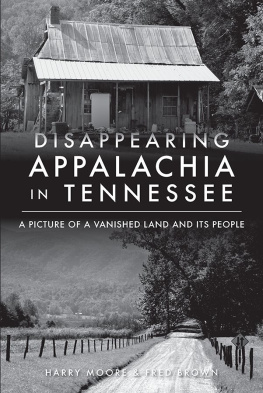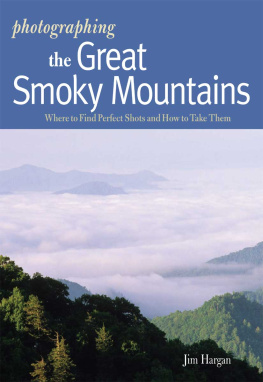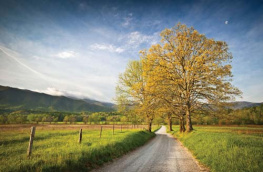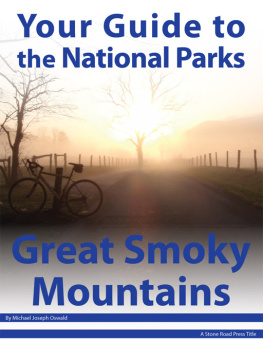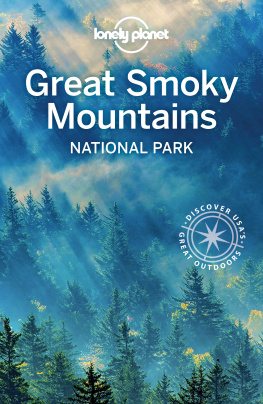


Published by The History Press
Charleston, SC
www.historypress.com
Copyright 2021 by Harry Moore and Fred Brown
All rights reserved
Unless otherwise noted, all photographs are by Harry Moore.
First published 2021
e-book edition 2020
ISBN 978.1.43967.264.8
Library of Congress Control Number: 2021931156
print edition ISBN 978.1.46714.943.3
Notice: The information in this book is true and complete to the best of our knowledge. It is offered without guarantee on the part of the authors or The History Press. The authors and The History Press disclaim all liability in connection with the use of this book.
All rights reserved. No part of this book may be reproduced or transmitted in any form whatsoever without prior written permission from the publisher except in the case of brief quotations embodied in critical articles and reviews.
To Jeanne McDonald, life partner, a fabulous award-winning author, editor and precious soul who is vastly missed.
Fred Brown
To my late mother and father, Agnes and Leander Moore.
To Charles Cavin, a Tennessean from Appalachia who greatly aided our efforts in researching this book.
Harry Moore
CONTENTS
PREFACE
Gray dust swirls and floats into the breeze after a car passes on the country gravel road. Fine grayish-white particles, pale as clay, settle over the honeysuckle and tree leaves reminiscent of a light snow dusting. As I walk along that gravel road, I kick at gravel in the roadbed, trying to see how far I can move them with my foot. A crow begins to announce in a crows particular way that I am nearby, and a rabbit bounds from the roadside honeysuckle, crosses the road and hops into the adjacent dust-covered pasture. I remember those days long ago when as a child I sauntered down this road in front of my grandparents house out in the country. Those days are pretty much gone, disappearing as fast as the dust along a country road.
The disappearance of portions of our American culture is a never-ending occurrence. Some things vanish quickly as technology increases. Other parts of our culture change slowly, evolving as people encounter new and changing attitudes, concerns, difficulties and the resistance-to-change traditions. Still other portions of our culture are blended as people migrate from one section of our great country to another, combining their previous cultural characteristics with the new.
Distinct characteristics of a culture can identify certain groups of people, where they live, what their heritage consists of, what they might eat and where they might attain spiritual identity, to name a few. We often hear of the old southern drawl or the New England accent or the Brooklyn fast talk. Each region of our nation has distinguishing characteristics that make those areas and their people unique, special and enduring.
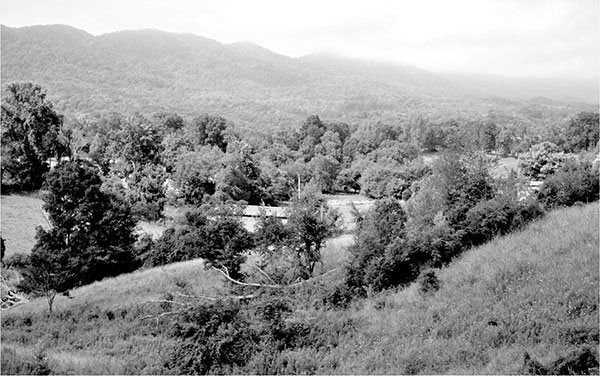
The Appalachian landscape varies from mountainous to ridges and valleys to high tabletop plateau lands. Pictured here is a view of Clinch Mountain from Copper Ridge in Powder Springs, Tennessee.
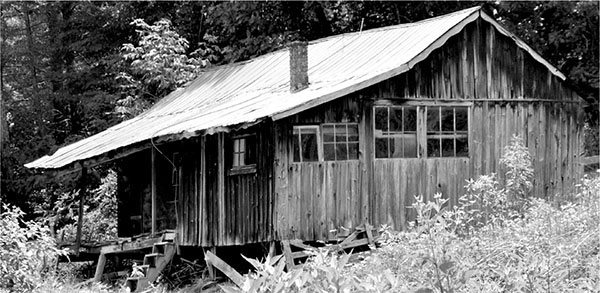
Most housing in Appalachia is of wood construction. Early nineteenth-century houses were mostly log-type houses. In the early twentieth century, they were more likely to be wood-frame construction, as pictured here.
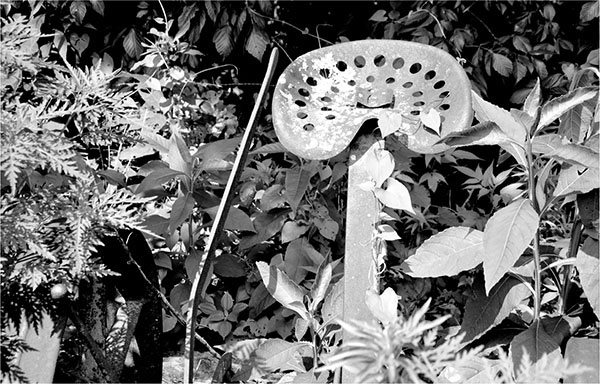
This is the metal seat section for a tobacco setter that was discarded and abandoned to the weeds and brush along Bullen Valley Road in northern Grainger County. Mechanical tobacco setters were once in widespread use in the Appalachian region when burley tobacco was a common crop on the family farm.
To capture those special elements about a region of our country is a daunting task, not to be taken lightly. As such, our efforts with this book are to document certain aspects about the Appalachian culture that have disappeared or are fast becoming a thing of the past as change rolls into our everyday life. It is the special way we talk, the good home country cooking we devour, the solitary family life of the country farmer we cherish and the patriotic and faithful attitudes we hold dear that make Appalachia so uniquein other words, our people and our culture.
In order to accomplish this mission, the authors canvassed the Appalachian landscape to find people willing to discuss and talk about their heritage and upbringing: things that they used to do but now are fading from the scene. Some parts of the culture have disappeared completely while other practices are barely hanging on.
Most of the people interviewed for this project were of a mature age and remembered how Appalachian life used to be, how they were raised in log cabins, lived off the land; most had no electricity until the late 1930s. They remember seeing their first telephone, radio and television. All were proud patriotic Americans and wanted to have a good, honest life with happiness and freedom.
The authors have attempted to describe the landscape and how it came to be, how the people settled here and whence they came, what agriculture and farm life were like in the early twentieth century and what influences changed their way of life.
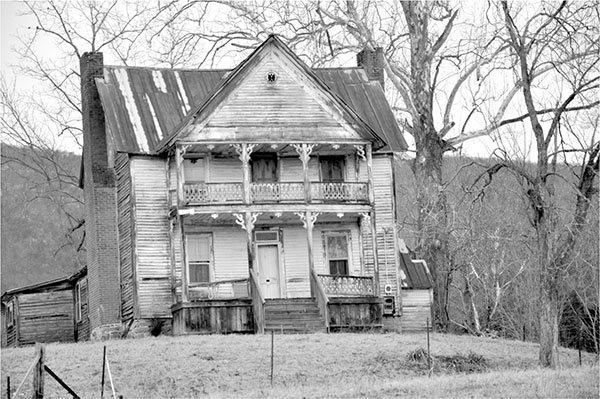
Many farmsteads are now abandoned and falling into disrepair across the Appalachian region, marking the slow disappearing phase of a culture known for hard work and love of the land.
In addition, we have attempted to capture certain aspects of the Appalachian culture with the aid of black-and-white photography. Photographs of certain aspects of the Appalachian life are told in shades of black and white with gray blending the two. Although the photographs may not fully cover the breadth of the subjects, we feel that a photograph saves a thousand words of print and acknowledges the importance of those topics of Appalachia.
Writing about the Appalachian life and culture includes many issues and activities, groups of people and events that would enlarge this narrative to encyclopedia size. We chose instead to focus on the Appalachian way of life experienced in East Tennessee during the first half of the twentieth century.
Certain topics of East Tennessee history have been thoroughly studied and described by many previous authors and researchers, topics such as Native American peoples, the Tennessee Valley Authority, coal mining and tobacco, just to name a few. In the narrative that follows we have briefly described those issues and subjects that lie outside of the scope of our discussion.
Much has been written by authoritative scholars about the early peoples of the land of Appalachia. Volumes of research data and published studies have clearly documented much of the Native American existence, culture and way of life in the Appalachian lands. Their special and honorable way of life was balanced with the natural world in that they were a part of the world around them.
Next page
